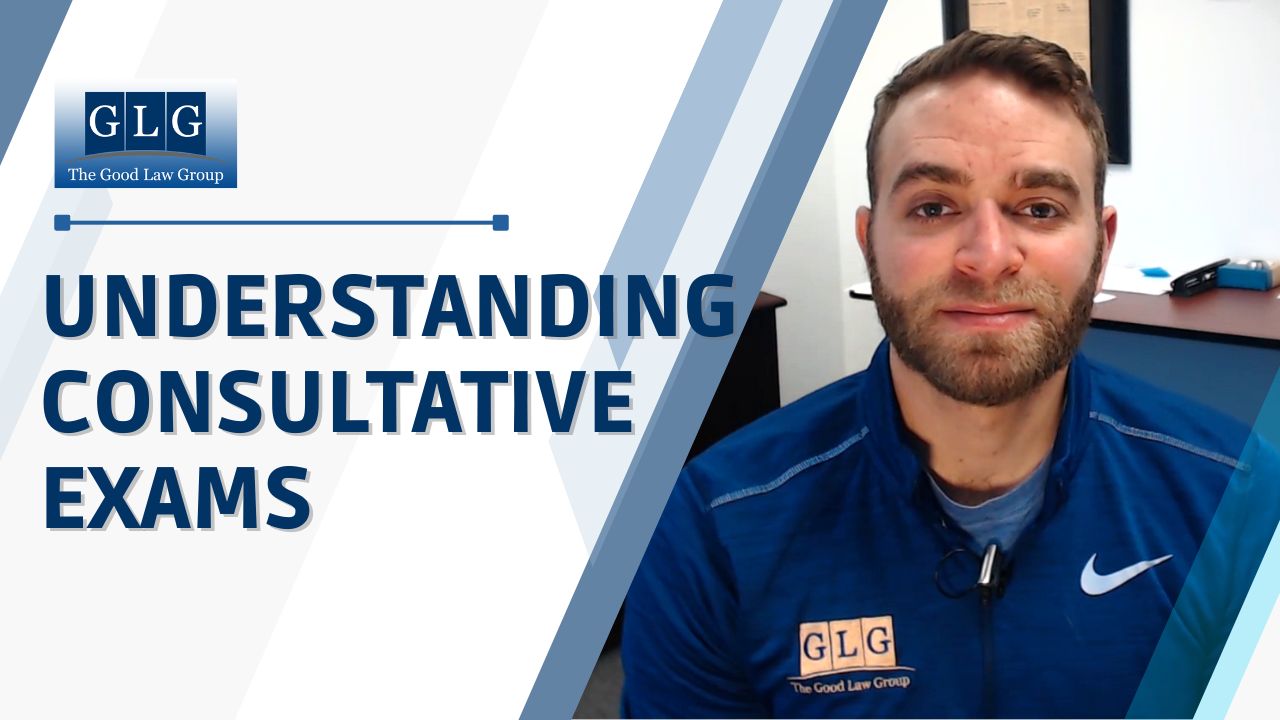When it comes to Social Security disability cases, consultative examinations play a significant role in determining eligibility for benefits. These examinations, conducted by independent doctors referred to as consultative examiners, aim to assess the physical and psychological limitations of claimants. Today, we’re here to dive into the purpose of consultative examinations, the challenges they pose, and how they impact the evaluation of residual functional capacity (RFC), which is someone’s ability to perform work despite impairments.
In nearly all Social Security, disability, and Supplemental Security Income cases, the Social Security Administration (SSA) orders claimants to undergo consultative examinations. These examinations are performed by hired independent doctors known as consultative examiners. Depending on the alleged disabilities, consultative examiners conduct physical and psychological evaluations to gather relevant medical information.
To ensure consistency and standardization, the SSA has published a guide called the Green Book, which serves as a reference for consultative examinations. However, it is disheartening to note that the guidebook is often disregarded by examiners hired by the SSA, leading to inconsistencies in the examination process.
The primary goal of consultative examinations is to determine a claimant’s RFC. However, it is unfortunate that consultative examiners often fail to provide an accurate assessment, leading to potential discrepancies.
Consultative examinations are expected to last around 45 minutes. However, clients often report spending most of their time waiting rather than being examined. Furthermore, there is significant variation in how the exams are conducted, their duration, and the content of the resulting reports.
Before every hearing, it is essential for attorneys to review their clients’ consultative examination reports. The most common tasks observed during these examinations include simple tests to assess physical abilities, such as picking up a quarter or opening a door. Additionally, examiners may ask basic questions about current events or perform simple mathematical calculations.
Claimants need to be aware of their surroundings and provide truthful answers during consultative examinations. Despite their seemingly menial nature, these tasks and questions play a crucial role in assessing an individual’s functional limitations. However, reports generated by consultative examiners are often limited and lacking in thoroughness.
One of the most frustrating aspects of consultative examination reports is the statement that a claimant can walk more than 50 feet unassisted. This statement fails to consider individuals who require assistive devices like walkers or canes. A comprehensive evaluation should focus on the limited number of tasks someone can perform, rather than indicating they can perform more than a certain amount.

If you or your loved one requires assistance with a Social Security case or your examination, don’t hesitate to reach out to our SSDI attorneys by phone call or email for professional guidance. We would be happy to help you.









